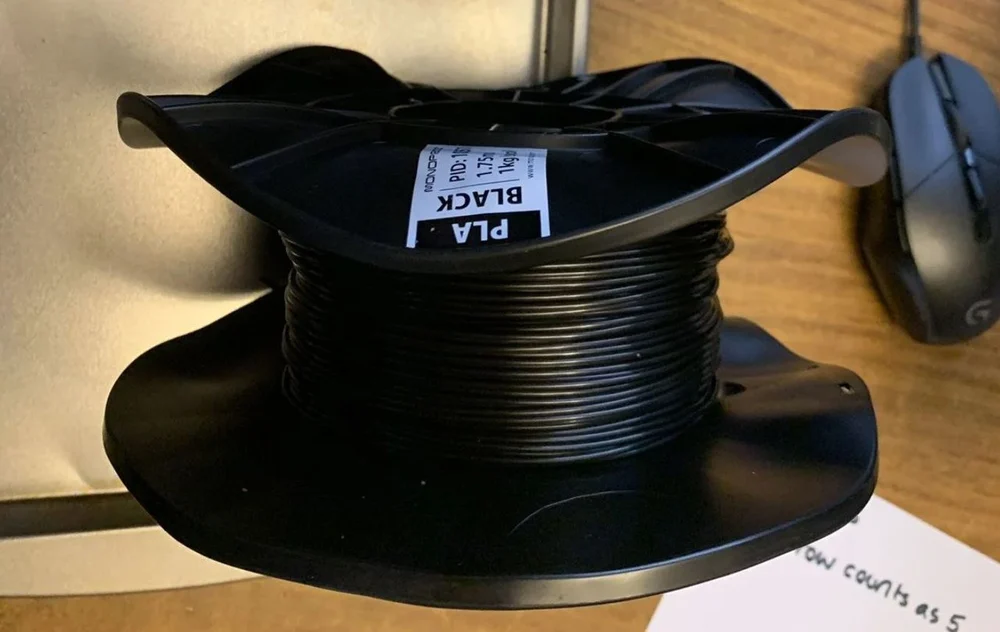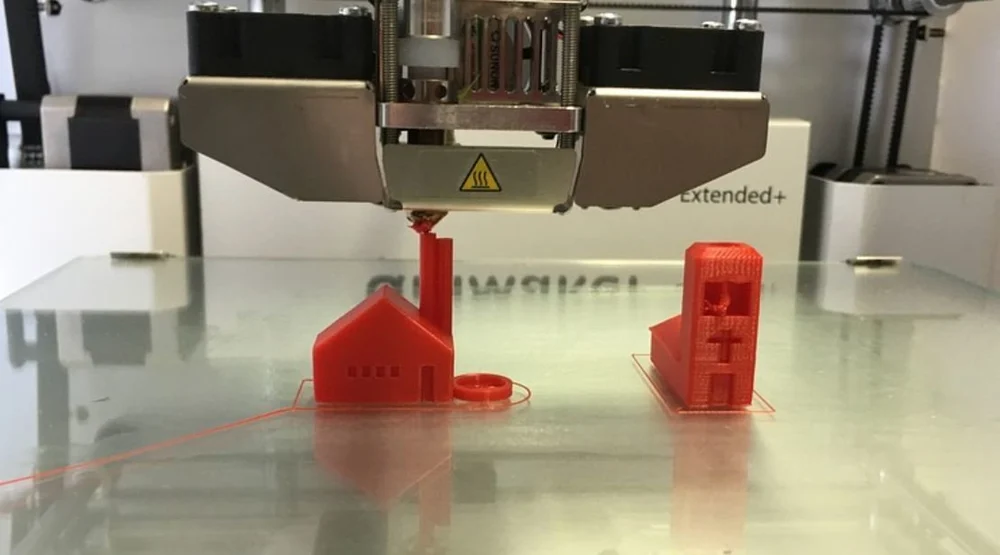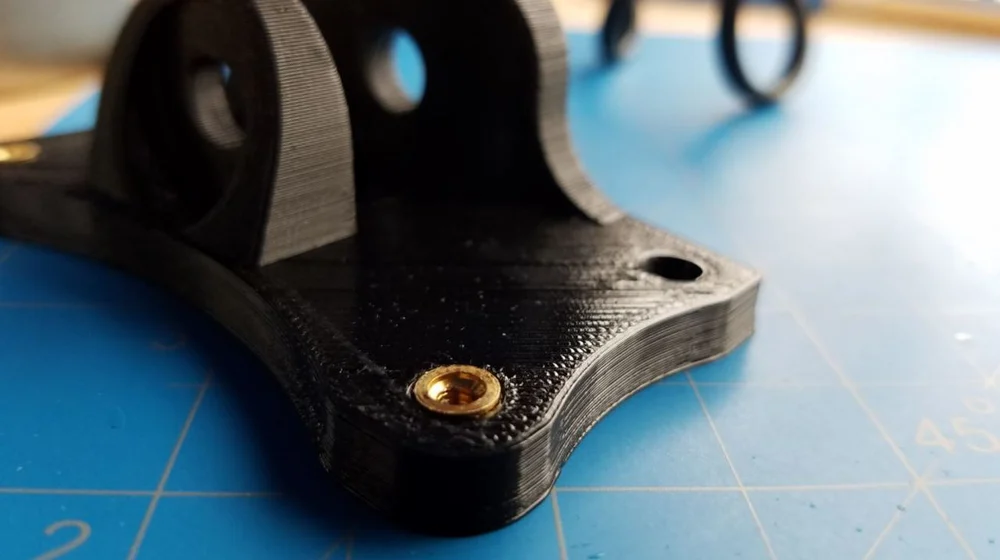Different materials go from a hard to soft at different temperatures. Learn all about PETG and PLA glass transition temperatures.
How Warm Can You Go?

You may know a material’s melting point and ideal nozzle temperature, but glass transition temperature is an entirely different measure for 3D printing filament. Glass transition temperature describes the point at which a material begins turning from a solid to a gooey, viscous state. In other words, it’s when a material officially begins to leave a completely solid form.
Glass transition temperature is helpful for a few reasons. Mainly, it tells you the thermal limits of a material: how much you’ll be able to heat it before it starts deforming.
You can apply this information to decide if parts made in a certain material are capable of performing specific tasks. For example, if you’re 3D printing a part that’ll be placed in the engine of a car – where it’ll be very hot – you should check the glass transition temperature of filaments to choose the right material for the job.
In this article, we’ll go over the glass transition temperatures of PLA and PETG filament and how this information can be used. Before we get to the specific values, we’ll discuss how glass transition temperatures relate to 3D printing and filament in general.
Effects on Filament

Glass transition temperature can be especially useful in 3D printing to find a reliable bed temperature. Typically, the glass transition temperature of a filament should be the bed temperature that you print the filament with. That’s because the bed value should grant the print enough heat to soften up for better surface and layer adhesion.
You should definitely not be printing with a number significantly higher than the glass transition temperature because you don’t want the filament to soften too much. A part melting on the bed isn’t welcome!
Speaking of melting, it’s important to remember that glass transition temperature isn’t the melting point of a material. The melting point is the temperature at which a material turns to liquid, while the glass transition temperature is when a material turns from a glass solid to a more rubbery state.
To better understand this, think of a filament at room temperature as a brittle, hard plastic. At the melting point, the filament melts into a liquid, but the glass transition temperature softens the filament to a state in-between that of a solid and a liquid. It’s also the minimum point at which a part can deform (and warp), causing a part starts to lose its strength.
Now that we know a bit more about glass transition temperatures in 3D printing, let’s find out what they are for PLA and PETG!
The Numbers

To get right to it, the glass transition temperature of PLA is usually between 55 to 60 °C, according to ScienceDirect. That’s why you should be printing PLA at a bed temperature around that mark.
Also, keep PLA’s very low glass transition temperature in mind when choosing it or other materials for certain parts. As MatterHackers points out, leaving a PLA part on your car dashboard on a hot summer day could significantly deform the part.
PETG has a slightly higher glass transition temperature, normally leaving its solid-state at around 85 °C, according to Filament2Print. Just like PLA, you should be printing with a bed temperature value around the glass transition temperature. Keep this value in mind when choosing where you want to use PETG parts. (For a more accurate glass transition temperature, you can always check with the manufacturer of the specific filament you’re using.)
Source: https://all3dp.com/2/pla-petg-glass-transition-temperature-3d-printing/